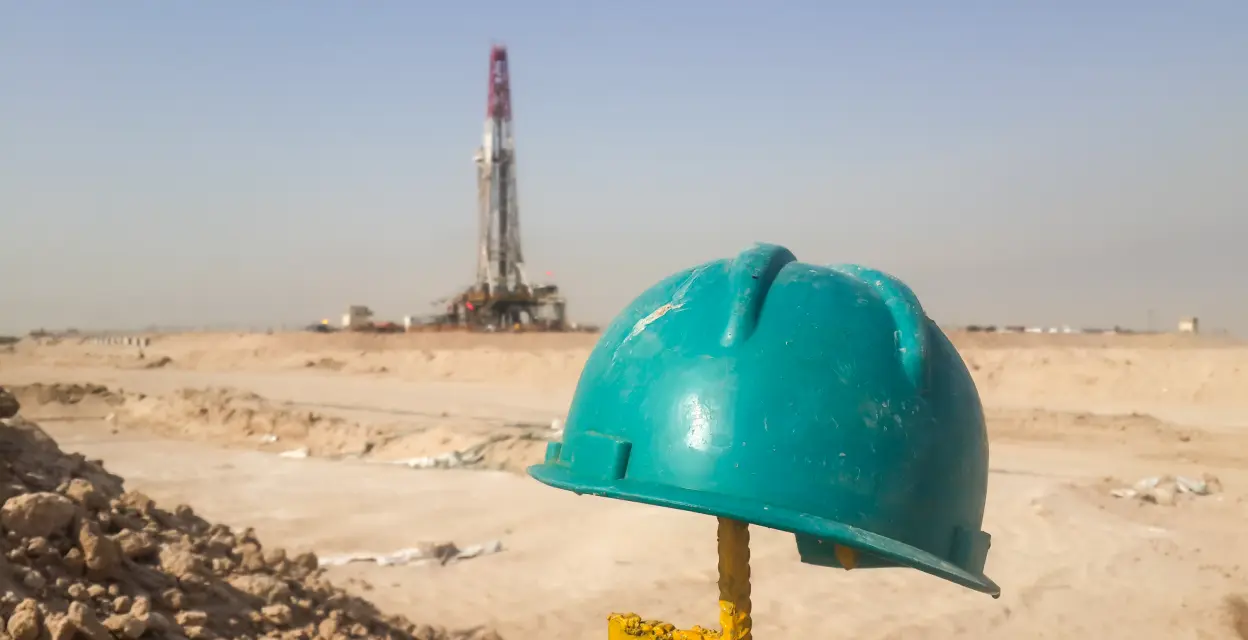Evaluating the success of an engineering project requires more than just meeting deadlines and staying within budget. Key Performance Indicators (KPIs) provide a structured framework to measure project efficiency, quality, and impact. By tracking the right KPIs, organizations like Petronash can ensure optimal project performance, client satisfaction, and continuous improvement.
Key Performance Indicators (KPIs) for Engineering Projects
1. Project Schedule Adherence
Timely completion is crucial for engineering projects, as delays can lead to increased costs and contractual penalties. Tracking progress against milestones and schedules ensures that projects stay on track.
How Petronash Measures It:
• Regular milestone tracking and reporting
• Use of project management software for real-time monitoring
• Proactive identification and mitigation of delays
2. Budget Performance
Cost overruns can significantly impact project profitability. A key KPI is tracking actual costs against the allocated budget to ensure financial efficiency.
How Petronash Measures It:
• Cost tracking and forecasting tools
• Regular financial reviews with stakeholders
• Efficient resource allocation to control expenses
3. Quality Assurance Metrics
The quality of engineering solutions directly impacts operational safety and longevity. KPIs related to quality include defect rates, compliance with industry standards, and client feedback.
How Petronash Ensures Quality:
• Rigorous quality control processes
• Compliance with international safety and industry regulations
• Client audits and continuous improvement initiatives
4. Stakeholder and Client Satisfaction
Customer satisfaction is an essential metric that reflects the overall project success. This includes timely delivery, effective communication, and fulfillment of client expectations.
How Petronash Measures It:
• Regular client feedback surveys
• Strong client engagement throughout project lifecycle
• Post-project reviews to identify areas for improvement
5. Safety Performance Metrics
Safety is paramount in engineering projects, especially in the oil & gas industry. Measuring safety-related KPIs ensures compliance with health and safety regulations and minimizes risks.
Key Safety KPIs:
• Incident and injury rates
• Compliance with HSE (Health, Safety, and Environment) policies
• Training hours for personnel on safety protocols
6. Resource Utilization Efficiency
Optimal utilization of manpower, equipment, and materials contributes to cost-effectiveness and operational efficiency.
How Petronash Tracks It:
• Productivity analysis and efficiency reports
• Equipment downtime tracking
• Streamlined workflow processes
7. Risk Management Effectiveness
Engineering projects often face unforeseen risks. A key KPI is tracking risk identification, mitigation, and resolution effectiveness.
How Petronash Manages Risks:
• Comprehensive risk assessments
• Proactive contingency planning
• Regular risk review meetings
Conclusion
Tracking essential KPIs helps engineering firms like Petronash ensure project success, maintain high standards, and continuously enhance their processes. By focusing on schedule adherence, cost control, quality assurance, client satisfaction, safety, resource utilization, and risk management, Petronash remains a trusted partner in delivering engineering excellence.
Monitoring these KPIs ensures that every project meets industry benchmarks, client expectations, and long-term sustainability goals.
 Back To Blogs
Back To Blogs

